South Korea's transport ministry said a power bank containing a lithium battery may have caused a fire on an Air Busan plane in January as it waited to take off. Investigators found traces of heat from the charger, suggesting the battery may have short-circuited or overheated, leading to the explosion.
Lithium-ion batteries are widely used in power banks for phones, tablets and laptops. Because they contain flammable materials and have the potential to overheat, they can pose a serious fire hazard on an aircraft.
According to statistics from the US Federal Aviation Administration (FAA), more than 500 incidents involving lithium batteries have been recorded over the past two decades, including cases of smoking, explosions or overheating.

Illustration: GI
Amid safety concerns, South Korea has introduced new regulations that prohibit passengers from storing portable chargers and e-cigarettes in overhead bins. These devices must be stored under the seat or in the seat pocket in front of them. Passengers are also not allowed to charge portable chargers using USB ports on the plane.
Thai Airways has also banned the use and charging of power banks since March 15 following serious fire incidents. Singapore Airlines will implement a similar ban from April. Budget airlines such as Air Asia also require passengers to only store power banks under their seats or in seat pockets, and not to charge their phones during the flight.
In Taiwan, EVA Air, China Airlines and Uni Air have banned the use of portable chargers on board. Meanwhile, the Hong Kong Aviation Authority (China) also introduced a new regulation from April 7, prohibiting passengers from storing lithium batteries in overhead luggage compartments after a Hong Kong Airlines flight was diverted due to a fire caused by a power bank.
According to FAA and TSA regulations, lithium-ion batteries are only allowed in carry-on luggage. Most airlines allow each passenger to carry up to two power banks with a capacity of 100-160 Watt-hours (Wh). In milliamp-hours (mAh), this is equivalent to about 43,000 mAh.
Each airline has specific regulations on carrying spare chargers:
Korean Air : Maximum of 5 100 Wh battery packs in both carry-on and checked baggage.
Asiana Airlines : Batteries must be packaged to prevent short circuits.
Singapore Airlines : Power banks with a capacity of up to 100Wh can be carried on board, while those between 100Wh and 160Wh must be approved by the airline.
Cathay Pacific : Only accepts batteries under 100 Wh.
Qantas, Virgin Australia, Air Asia : Limited to 160 Wh maximum and must be protected against short circuit.
For dry alkaline batteries like the Energizer Bunny, there is no limit on the number you can carry, as long as the voltage does not exceed 12V and the battery is protected from damage.
Ngoc Anh (according to CNN, The Nightly, The Mirror)
Source: https://www.congluan.vn/ngay-cang-nhieu-hang-hang-khong-cam-mang-sac-du-phong-len-may-bay-post340271.html



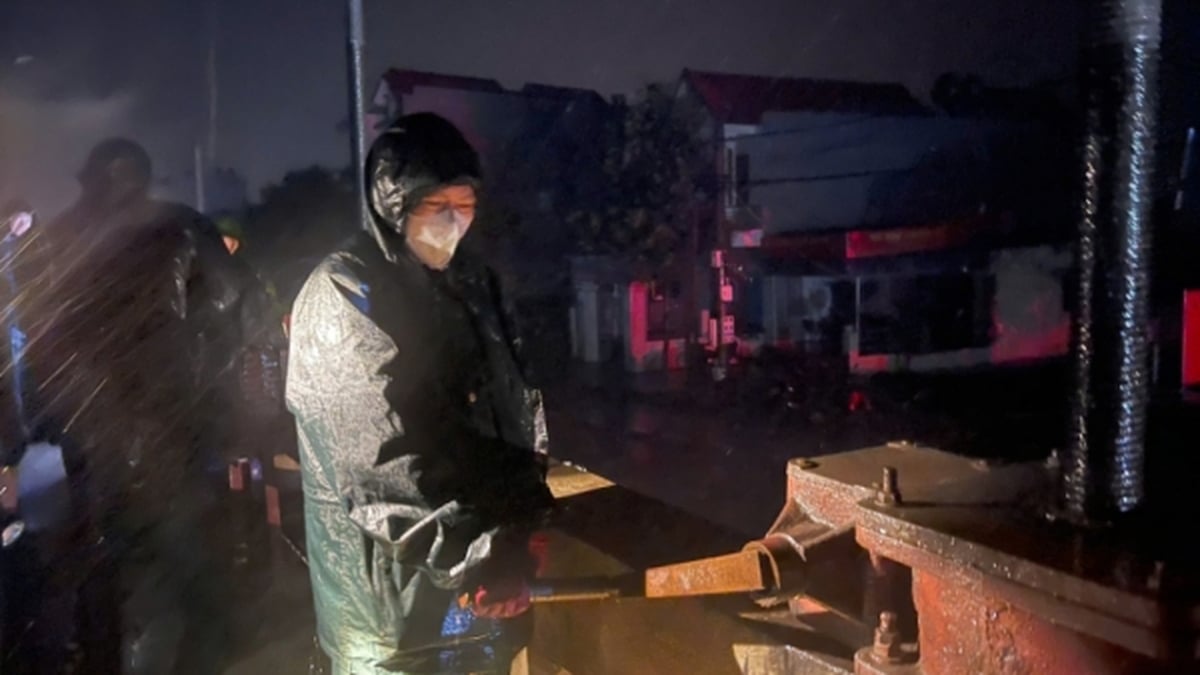
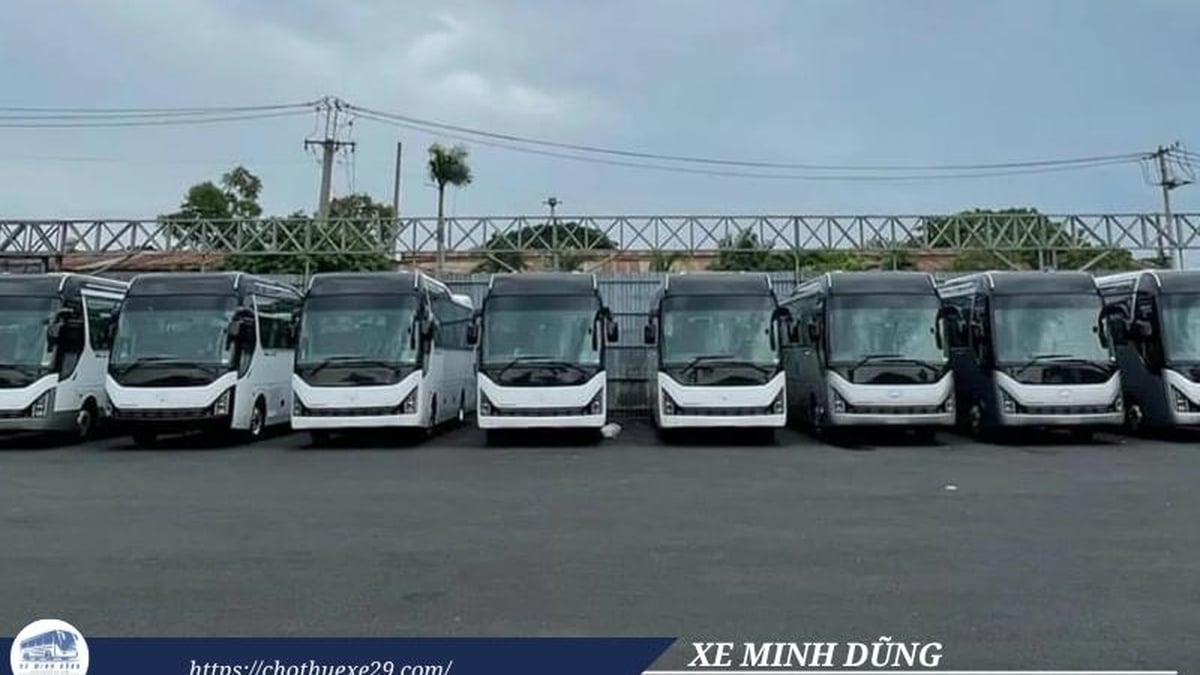

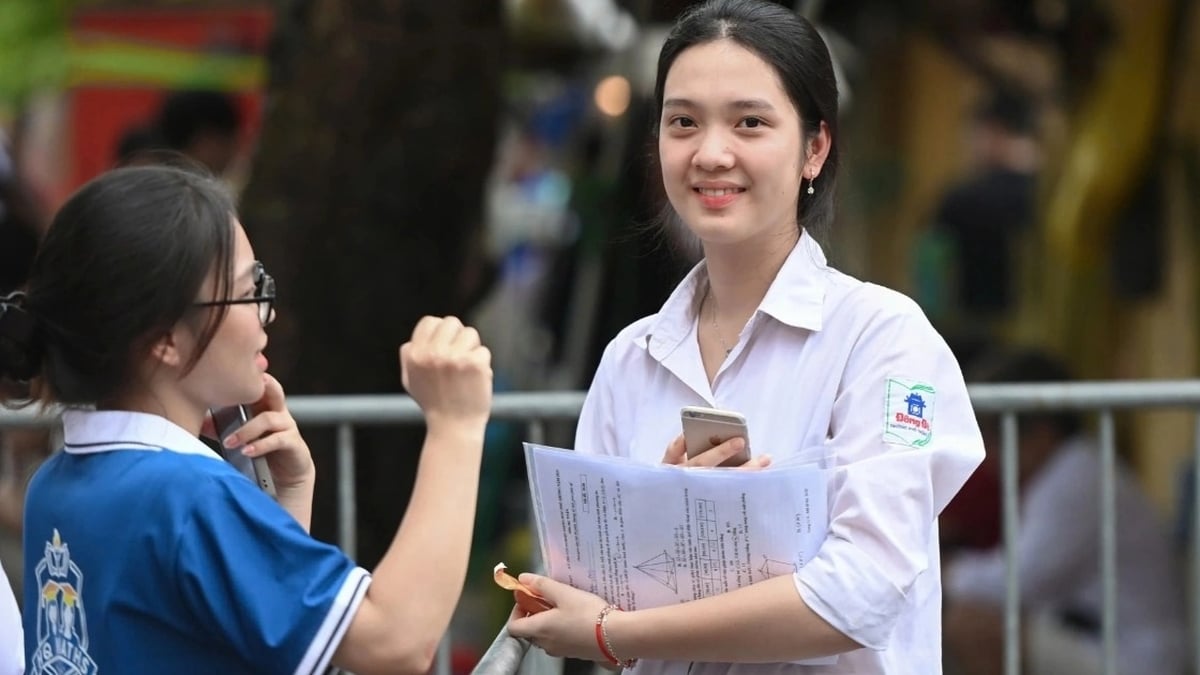
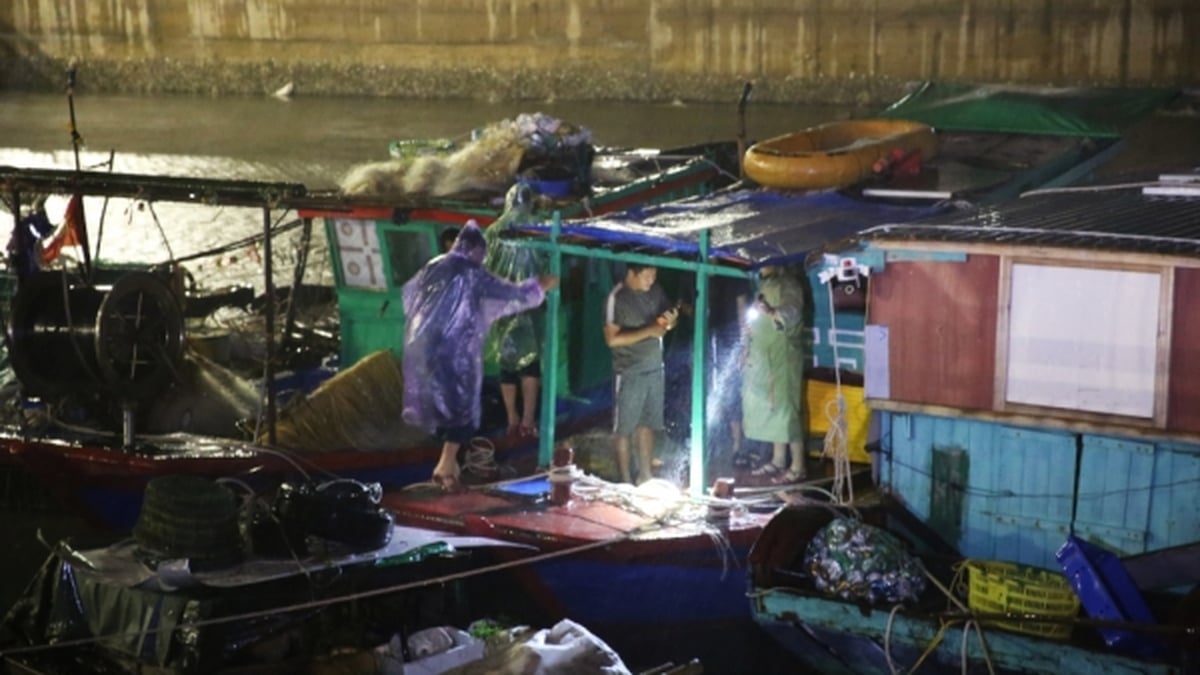

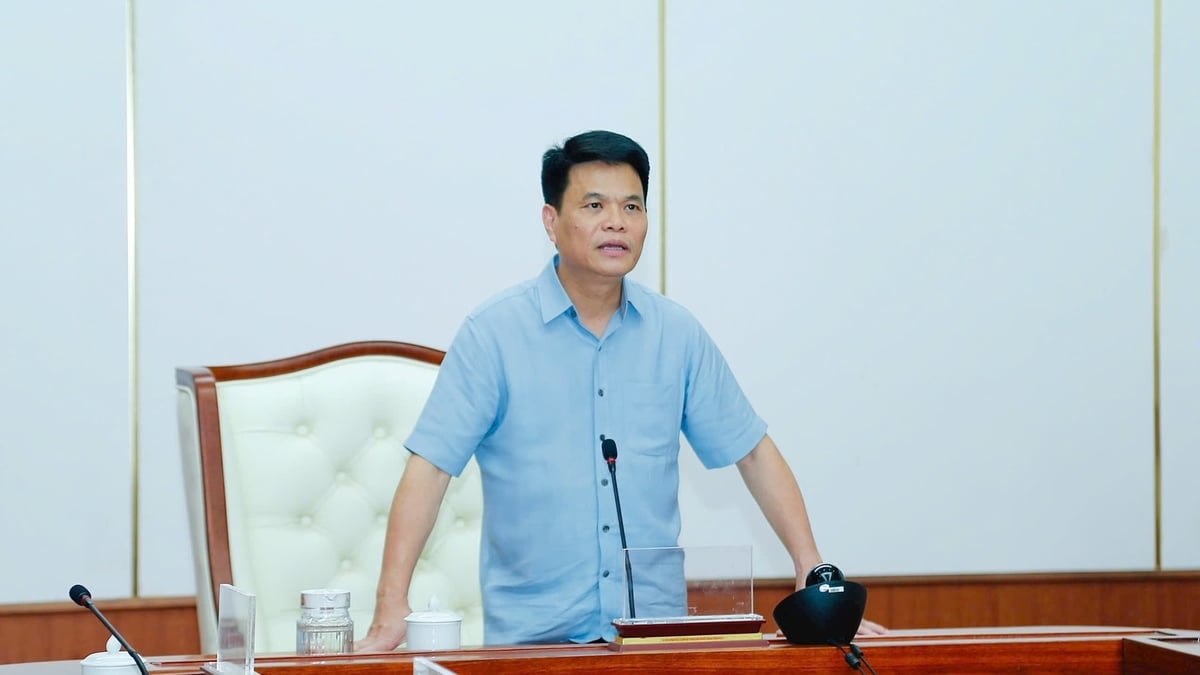

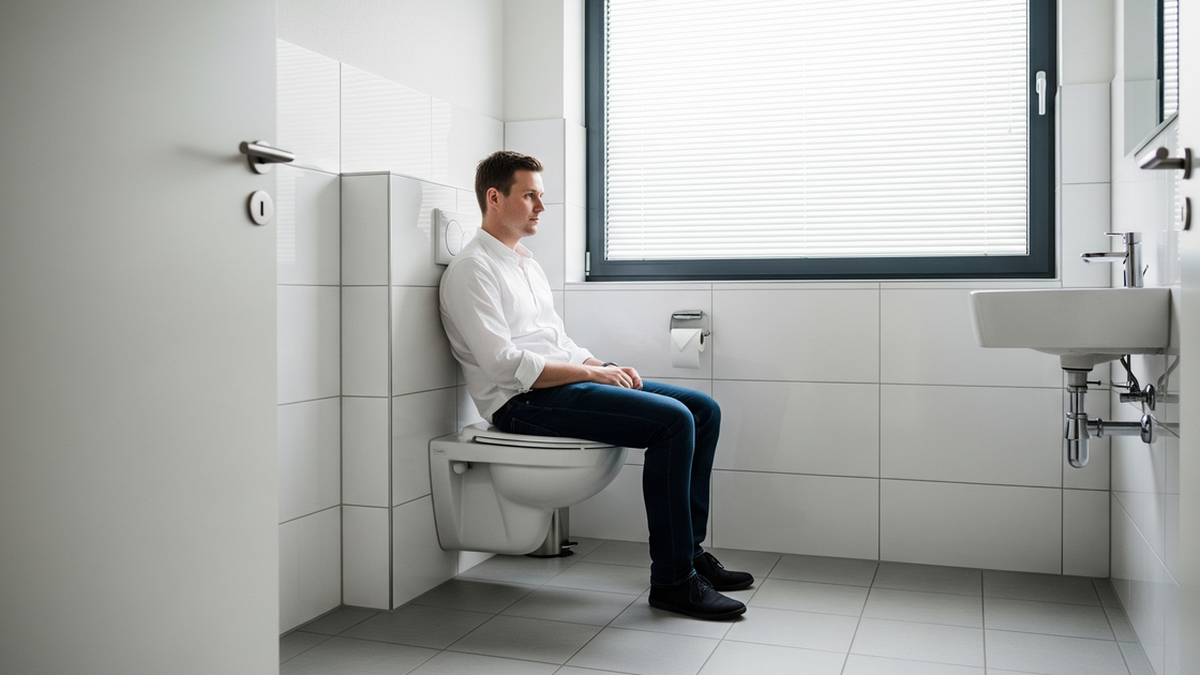
















![[Photo] National Assembly Chairman Tran Thanh Man visits Vietnamese Heroic Mother Ta Thi Tran](https://vphoto.vietnam.vn/thumb/1200x675/vietnam/resource/IMAGE/2025/7/20/765c0bd057dd44ad83ab89fe0255b783)

















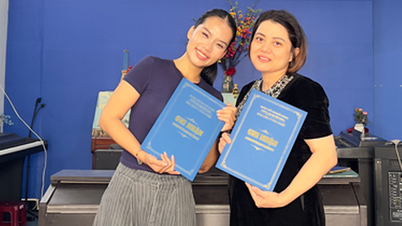





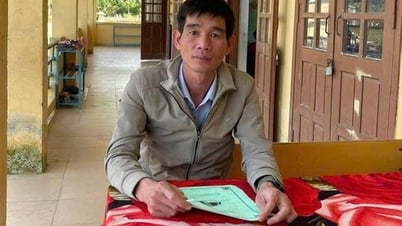
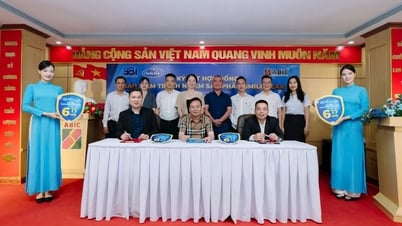

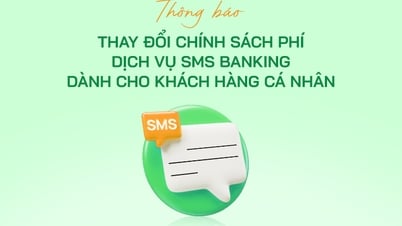

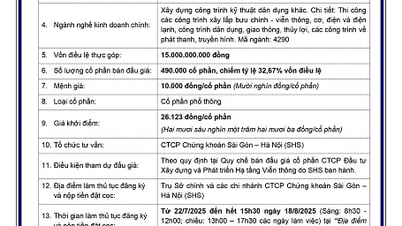
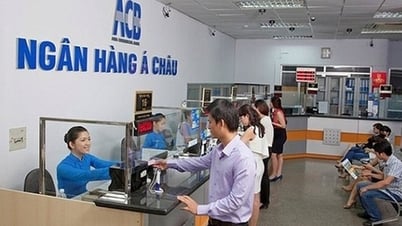



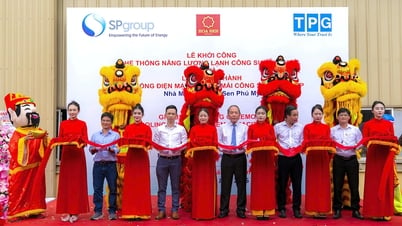
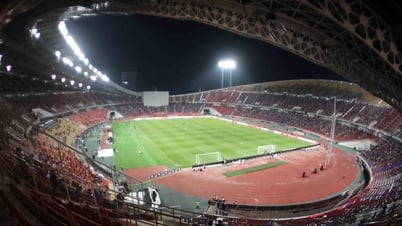

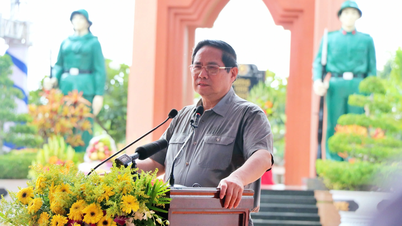
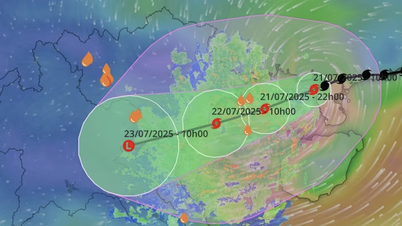

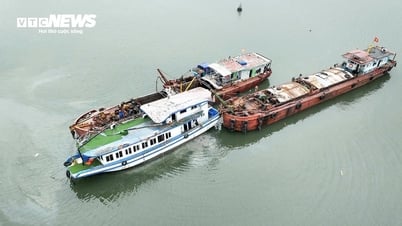


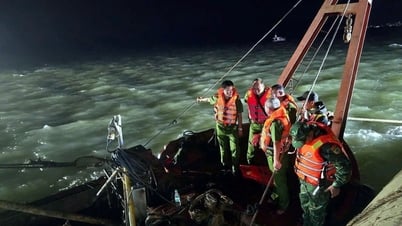
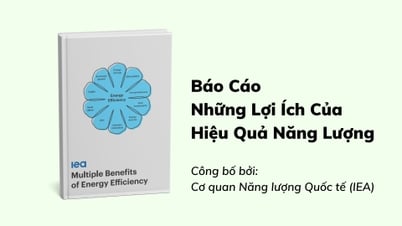



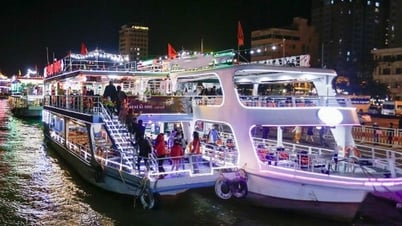

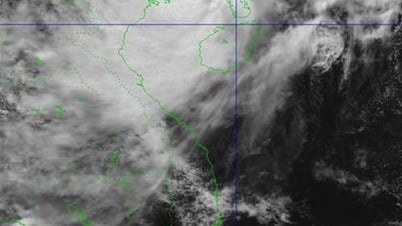
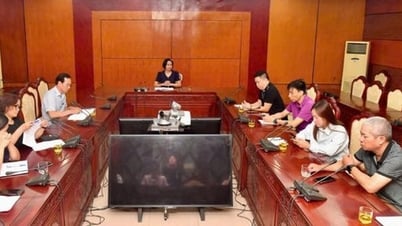
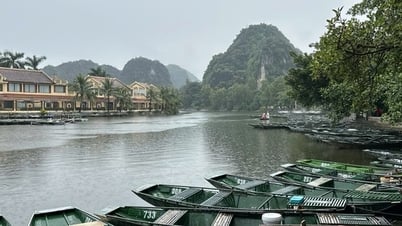



















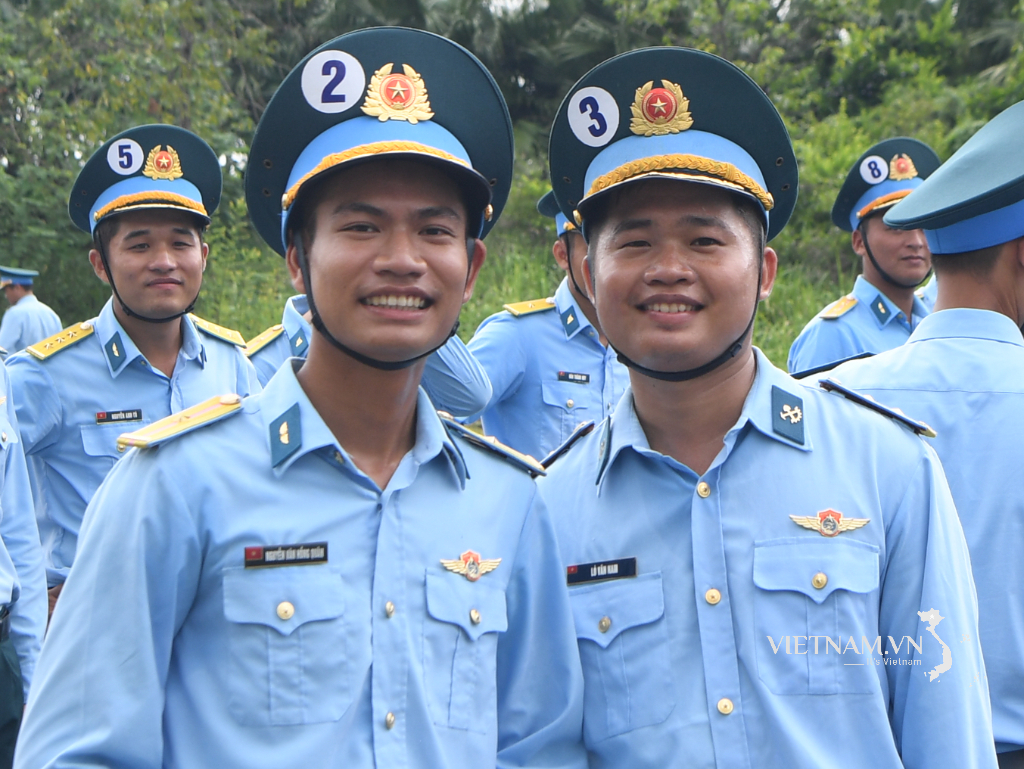
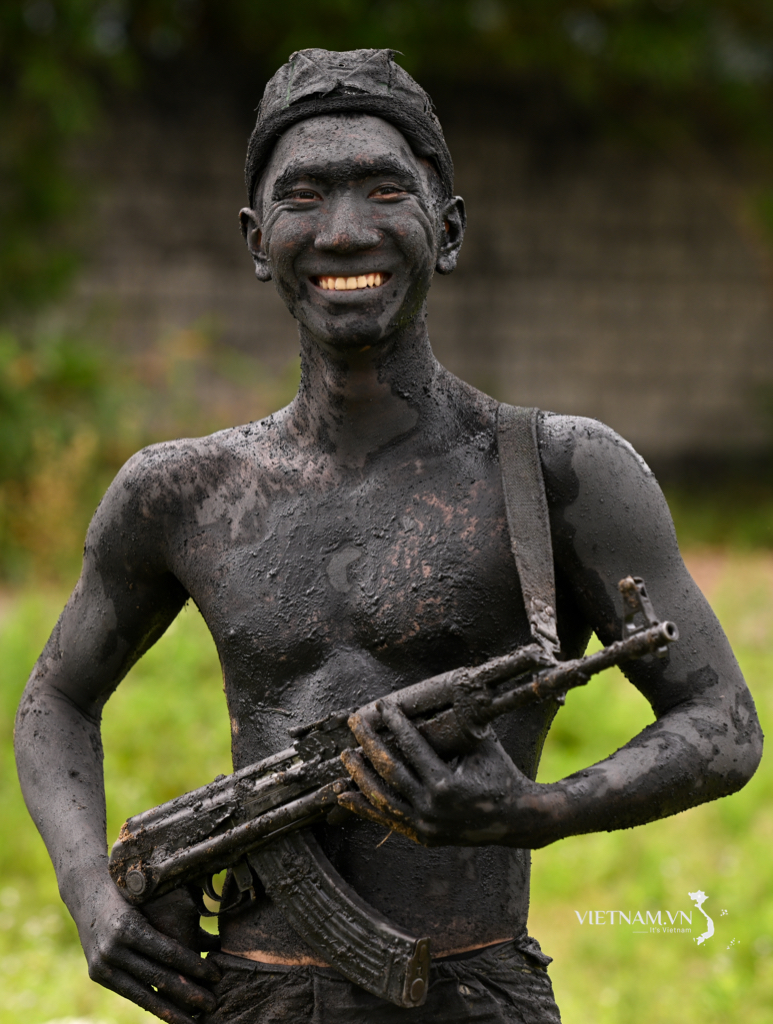
Comment (0)